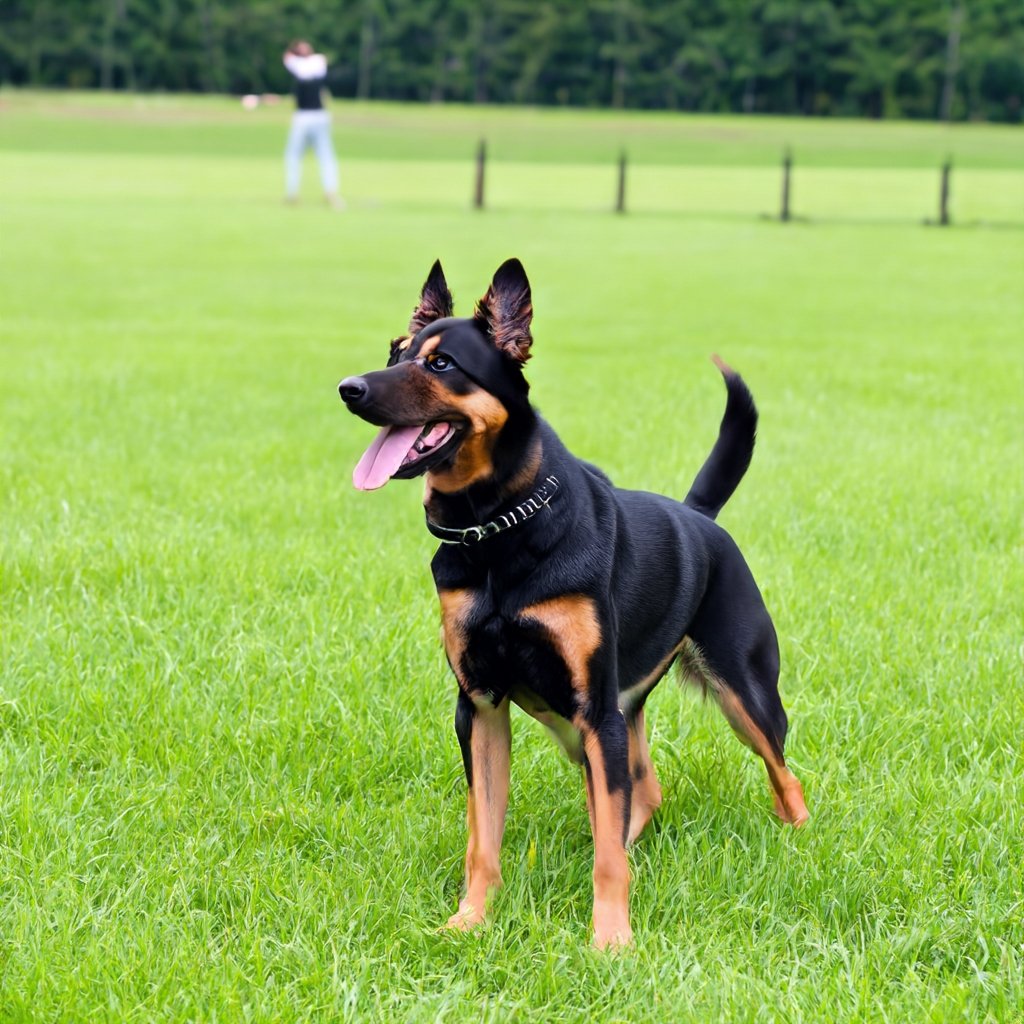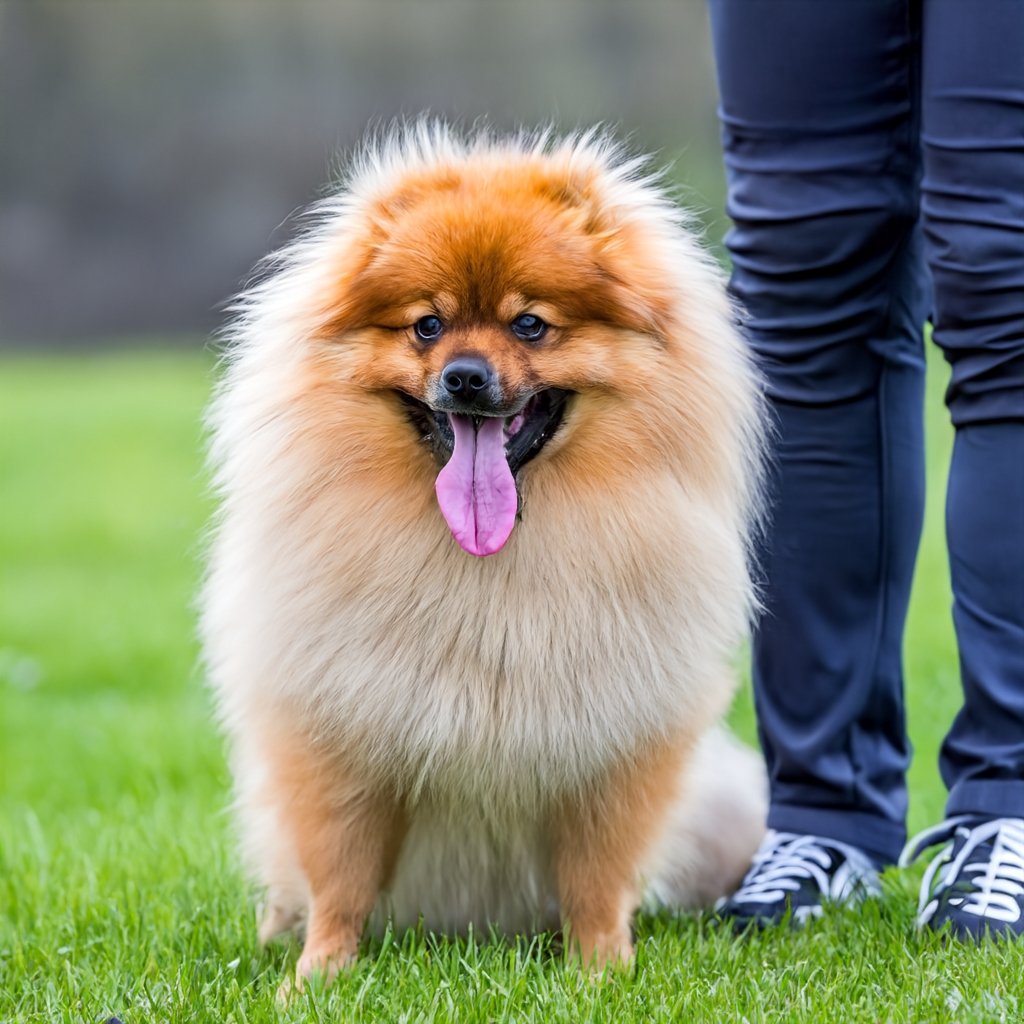TRICK TRAINING
Training your dog to perform tricks has many advantages for both you and your pet, such as mental stimulation. Keeping dogs engaged through learning new tricks can challenge their minds, stave off boredom, and decrease the likelihood of destructive behavior.
Teaching dogs tricks helps them develop better cognitive abilities as they learn to perform, strengthens bonds, and enables owners to better understand their dogs' signals and body language.
Here are some key elements and benfits included in our training:
1. Basic Tricks
Sit: Teaching dogs to sit on command.
Stay: Helping dogs learn to stay in place.
Come: Training dogs to come when called.
Paw/Shake: Teaching dogs to offer their paw.
2. Intermediate Tricks
Roll Over: Training dogs to roll over on command.
Play Dead: Teaching dogs to lie down and stay still.
Spin: Helping dogs learn to spin in a circle.
Fetch: Training dogs to retrieve items.
3. Advanced Tricks
Jump Through Hoops: Teaching dogs to jump through hoops or over obstacles.
Weave Through Legs: Training dogs to weave through your legs as you walk.
Bow: Teaching dogs to bow on command.
Speak/Quiet: Training dogs to bark on command and then be quiet.
4. Custom Tricks
Personalised Training: Offering to teach specific tricks requested by the owner.
5.Physical Exercise
Promotes Activity: Many tricks, like fetching or jumping, involve physical movement, helping dogs stay fit and healthy.
Improves Coordination: Tricks that require precise movements, like weaving through legs, enhance a dog’s coordination and agility.
6. Strengthens Bond
Builds Trust: Training sessions create positive interactions between dogs and their owners, strengthening their bond.
Enhances Communication: Owners learn to understand their dog’s signals and body language better.
7. Behavioral Benefits
Reduces Anxiety: Engaging in trick training can help alleviate anxiety and stress in dogs by providing a structured activity.
Improves Obedience: Regular training reinforces basic commands and good behavior.
8. Additional Services
Behavioral Training: Addressing specific behavioral issues.
Puppy Training: Early training for puppies to develop good habits.
Assistance Dog Training: Specialised training for service or therapy dogs.
9. Safety and Well-being
Positive Reinforcement: Using reward-based training methods.
Health Checks: Ensuring dogs are healthy and fit for training.
Owner Education: Teaching owners how to continue training at home.
10. Follow-Up Support
Progress Reports: Regular updates on the dog’s progress.
Support Sessions: Follow-up sessions to reinforce training.














